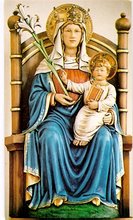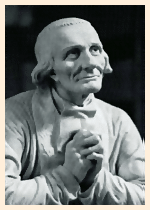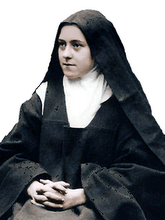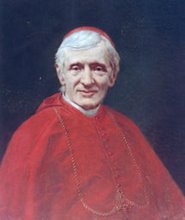Two weeks ago we kept the feast of the rebel Cardinal, John Fisher and the retired Chancellor, Thomas More, the first of England's Reformation martyrs to be canonised. Earlier this year I was in Rochester and, after visiting the Cathedral, where once John Fisher was Bishop, I glanced over to the old Bishop's House on the north side of the Cathedral. The house, now no longer the Bishop's Palace, and almost certainly altered since Tudor times, is nonetheless the house in which John Fisher lived when he was Rochester's Bishop.
The house is still small and would have been a humble Bishop's house, by medieval and renaissance standards. But within its walls there remains those spaces which nurtured the blossoming of an apostolic courage which would establish the Church in this country on new and certain footings, even if they departed from contemporary expectations. Here, and in the old house in Chelsea (Thomas More's home), were forged the beginnings of recusancy - the desire to conform always to the person of Christ, together with the desire never to conform to the prevailing culture. These two men stood out in a singular way from all their contemporaries, but many would follow them - those for whom the term 'recusant' would be applied. In our country we have no greater models and leaders than our recusant forbears, because they show us how to be recusants today. They appeal to our deepest sensibilities, the relationship that we have with Christ the Lord, and to forge in our own homes and places of work those same desires. How the Lord will use these desires of ours is His to name.















No comments:
Post a Comment